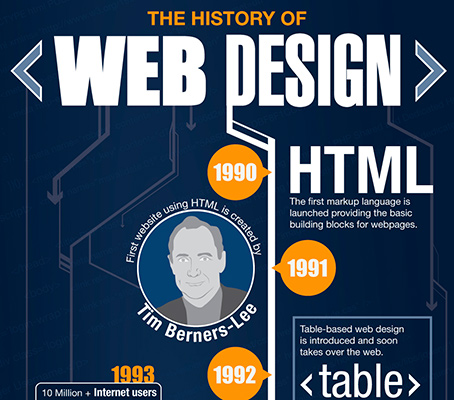Using The Power Of Visual Power Structure In Web Site Layout
Using The Power Of Visual Power Structure In Web Site Layout
Blog Article
Posted By-Shah Mohamad
Imagine a site where every component contends for your attention, leaving you feeling bewildered and uncertain of where to concentrate.
Now related web site where each component is very carefully prepared, guiding your eyes effortlessly with the web page, providing a smooth customer experience.
The difference hinges on the power of aesthetic pecking order in website design. By tactically organizing and prioritizing components on a website, developers can produce a clear and user-friendly path for customers to comply with, inevitably enhancing engagement and driving conversions.
Yet how specifically can you harness this power? Join Recommended Internet page as we explore the concepts and strategies behind reliable visual power structure, and discover just how you can boost your website layout to new elevations.
Recognizing Visual Power Structure in Web Design
To effectively convey information and guide individuals via a site, it's important to recognize the concept of aesthetic power structure in website design.
Aesthetic power structure describes the plan and company of aspects on a webpage to stress their value and create a clear and instinctive individual experience. By developing a clear visual power structure, you can route users' attention to the most vital info or actions on the page, improving functionality and involvement.
This can be accomplished with various design methods, consisting of the tactical use of dimension, color, contrast, and positioning of components. As an example, bigger and bolder components commonly bring in more interest, while contrasting shades can create aesthetic comparison and draw emphasis.
Concepts for Reliable Visual Hierarchy
Understanding the principles for reliable aesthetic pecking order is crucial in producing an easy to use and engaging site style. By following these concepts, you can guarantee that your website effectively communicates info to users and overviews their focus to the most vital elements.
One concept is to use dimension and range to develop a clear aesthetic hierarchy. By making crucial aspects larger and much more prominent, you can draw attention to them and overview users via the content.
An additional concept is to make use of contrast properly. By using contrasting shades, typefaces, and shapes, you can create visual distinction and highlight essential info.
Additionally, the concept of closeness recommends that associated aspects need to be grouped with each other to visually link them and make the web site more organized and easy to navigate.
Implementing Visual Hierarchy in Website Style
To implement aesthetic hierarchy in internet site design, prioritize essential aspects by adjusting their dimension, shade, and position on the web page.
By making crucial elements bigger and much more prominent, they'll naturally attract the user's attention.
seo search engine optimization seo contrasting shades to create visual comparison and stress essential info. For instance, you can use a vibrant or vivid shade for headlines or call-to-action switches.
Additionally, take into consideration the placement of each component on the page. Area important components at the top or in the center, as customers have a tendency to focus on these locations first.
Final thought
So, there you have it. Aesthetic pecking order is like the conductor of a harmony, guiding your eyes with the internet site layout with finesse and style.
https://www.natlawreview.com/article/law-firm-marketing-mid-year-best-practices-to-boost-roi 's the secret sauce that makes a web site pop and sizzle. Without it, your design is simply a jumbled mess of random aspects.
But with visual hierarchy, you can produce a work of art that gets hold of interest, interacts effectively, and leaves a long lasting impression.
So go forth, my friend, and harness the power of visual pecking order in your web site layout. Your audience will thank you.
